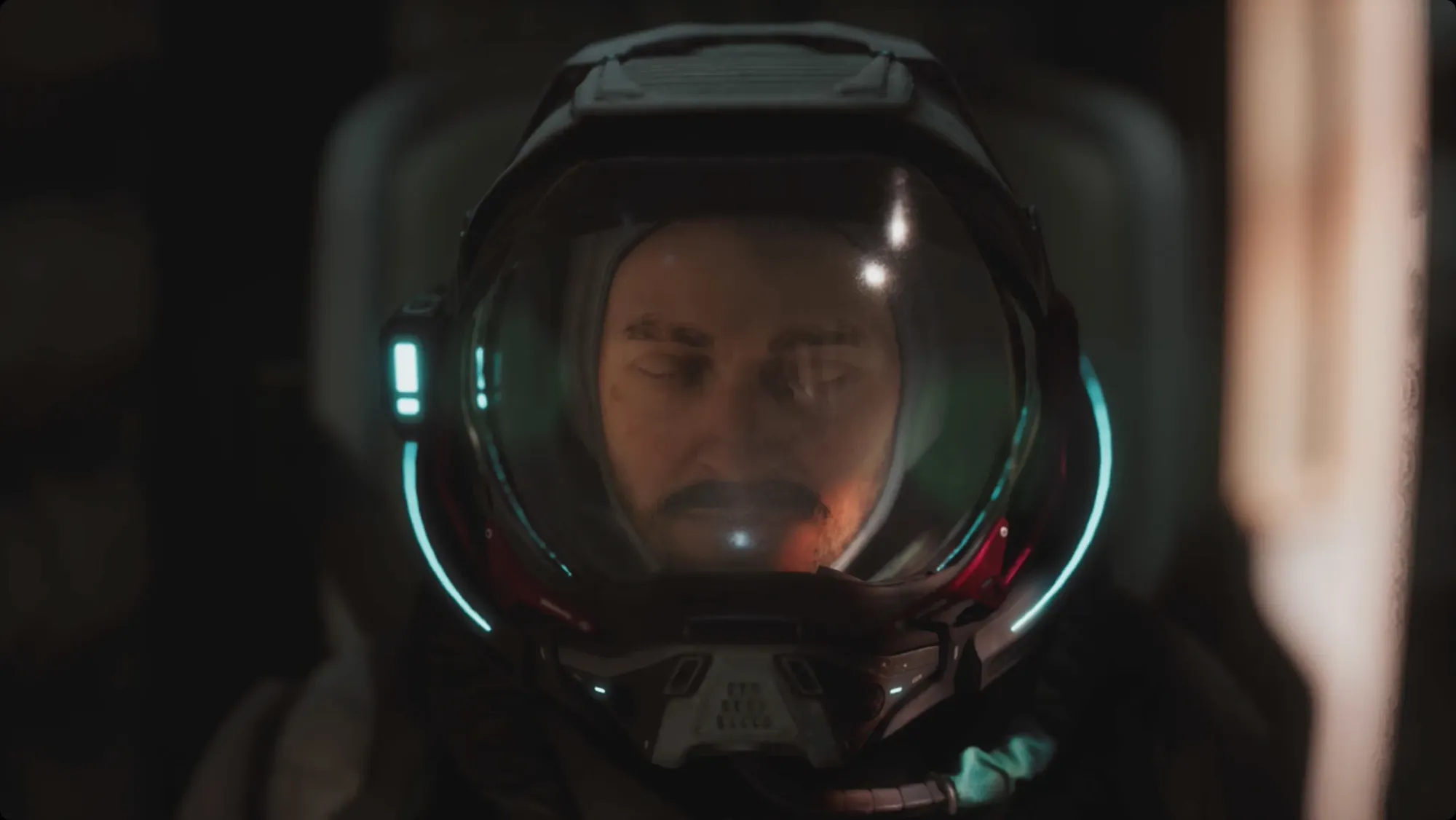Start your journey of selves-discovery in The Alters
This BigFriendly.Guide will help you dive into The Alters with tips and explainers to help you guide Jan on his journey of selves-disovery.

The Alters is a little bit base-building, a little bit survival game, a little HR simulator, and a lot of mind-bending scifi. You play as Jan Dolski, the sole survivor of a spaceship crash who now has to find a way to escape the planet he's marooned on. And you'll do that by staffing up your mobile base with clones of yourself with altered (hey, that's the name of the game!) memories. It's a whole thing.
This BigFriendly.Guide will help you dive into The Alters with tips and explainers to help you guide Jan on his journey of selves-disovery.
It’s okay to not like Jan
Jan Dolski isn’t really a hero. His protagonism is kind of forced on him (and you). And, frankly, Jan is kind of a fuckup. Sure, you can see what led him to each of his life’s downturns, and he’s a sympathetic character, but he’s also a bit of a drag.

And that, I think, is kind of the point. The Jan you get isn’t the best version of Jan, but he’s your version and now you both have to make due.
Good news, though: He’s not the only Jan
The premise of The Alters, though, is that he’s not the only Jan you’ll meet. The quick-bake clones you make aren’t really from alternate timelines, but they do have memories and experiences as if they had done things differently (something something hand-wave Quantum Computer altered memories).
You get the trade school-trained Jan Technician and the Ph.D. Jan Scientist based on where the various Jans’ shared experiences diverge. Your job is to both treat them like tools and like people (and the game does address this conflict).
The Jans you wake up are there to do a job. Don’t wake them up without a plan (you need to house and feed all those clones, remember). Instead, focus on staffing up for the immediate task.
Sometimes, that’s going to be having a body to assign to busywork.
Nothing is really automatic in The Alters

Everything you do in The Alters needs someone (someJan?) to oversee it. You’ll have to stand at a workstations and hold down the button to mine resources, make food, craft tools, and even run the mining platforms. Nothing is automated.
As more Jans join your crew, you can assign them to jobs — their specializations will give them boosts to certain types of work, so choose carefully. And some of them are just going to have to stand at a mining platform all day.
Your Jan can run around and push buttons as you need him too, but there are only so many hours in a day. Which brings us to…
Early to bed, early to rise
You’ve got two timers running each day: Your Jan’s energy (how tired he is) and the time of day. At around 9 p.m. (2100), the radiation spikes out on the planet and you have to get inside. Even inside, though, your Jan will still get tired.
You can work through being tired, but if you push it too far, Jan gets exhausted. When he’s exhausted, he wakes up later the next day. And that means you get fewer hours to get work done.
This is all tracked with a mildly confusing graphic in the lower left of your screen.
You don't need the climbing hook in The Alters
One of your early tasks in The Alters is to get some organics. You’re told to look for blue smoke. And the first blue smoke you see is out of reach.

The prompt you get at that ledge says you need the Climbing Hook to reach it. And the Climbing Hook requires more organics to craft. But you’re not stuck.
If you continue past that ledge, you’ll loop through a cave and end up at the top of the ledge you couldn’t climb. This is actually a lesson in how exploration works in The Alters: if it seems like you’re stuck, there’s probably another way around.
Once you reach that Organics deposit, you’ll have to figure out another mechanic, though.
How to use the sensors in The Alters
Reaching the Organics deposit is only the first step in gathering Organics. You’ll also need to craft (or have crafted) a Polygonal Scanner.
Scanning is a weird mini-game. You’ll need to place at least three probes in a rough triangle. As you place them, you’ll get a distance reading above your head — that’s how far apart the probes can be. Once you place all three, you’ll be able to see part of the deposit beneath you. If any two of your probes are too far apart, you’ll have to place more until you get a triangle (or triangles) of the right size.

You’re looking for the darkest red part of the deposit. Depending on your aim and luck, you might need to gather up all the probes and try again.
There’s no question about when you’ve found the deposit. When you find the right spot, your scanner and probes will hop back into your inventory and you’ll get a holographic outline of a Mining Outpost. Just remember: like we said above, someJan is still going to have to stand at the Mining Outpost and push the button for hours every day before you’ll start stockpiling Organics (or whatever you’re mining).
Later, you’ll get the ability to fire a Scan Wave that will help you pinpoint the reddest part of the deposit. That will require one unit of power from your suit, though.
Recharge your suit
Things like the Climbing Hook (once you build it) and the Scan Wave require power from your suit — you’ll start with six charges. You can craft Suit Batteries to recharge no matter where you are, but every outpost your build has a charging station on the side (usually the opposite side as the fast travel kiosk). There’s also a charging station on the outside of the base, and there’s one on any (fast) Travel Pylon you build.
Those won’t work before you build power Pylons, though.
Pylons provide power and turn on fast travel
Everything you build needs to be wired back to the main base with Pylons. These supply power to the outposts and enable fast travel. Travel Pylons (basically just fast travel locations without building a whole Mining Outpost) also need to wired into the network.

Laying Pylons works a lot like the Polygonal Scanner. As you’re placing them, you’ll get a distance readout. That’s how much farther you can go before the Pylon disconnects from the previous node. You’ll also see a faint blue outline on the landscape. That’s the radius of where the next Pylon can go.



